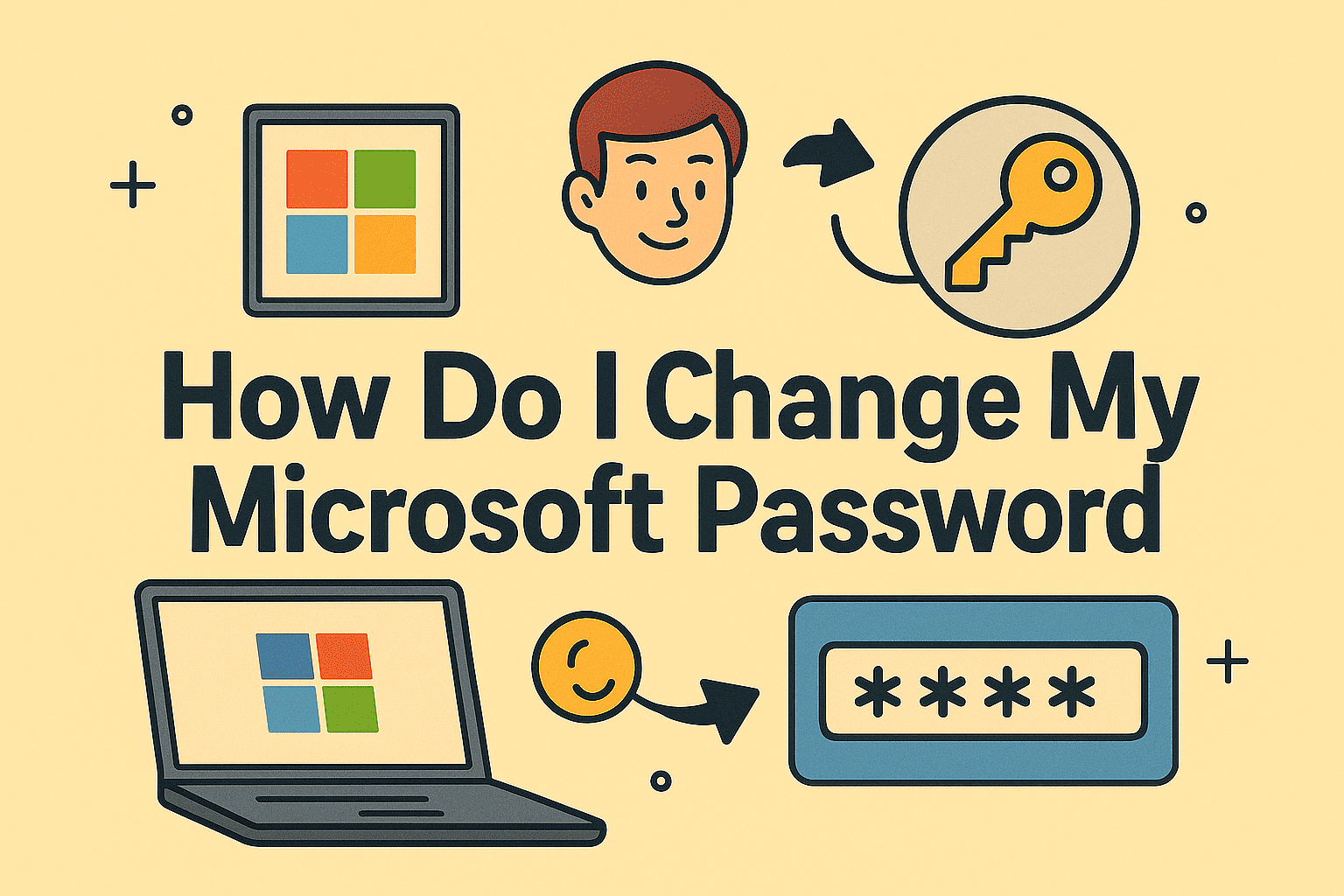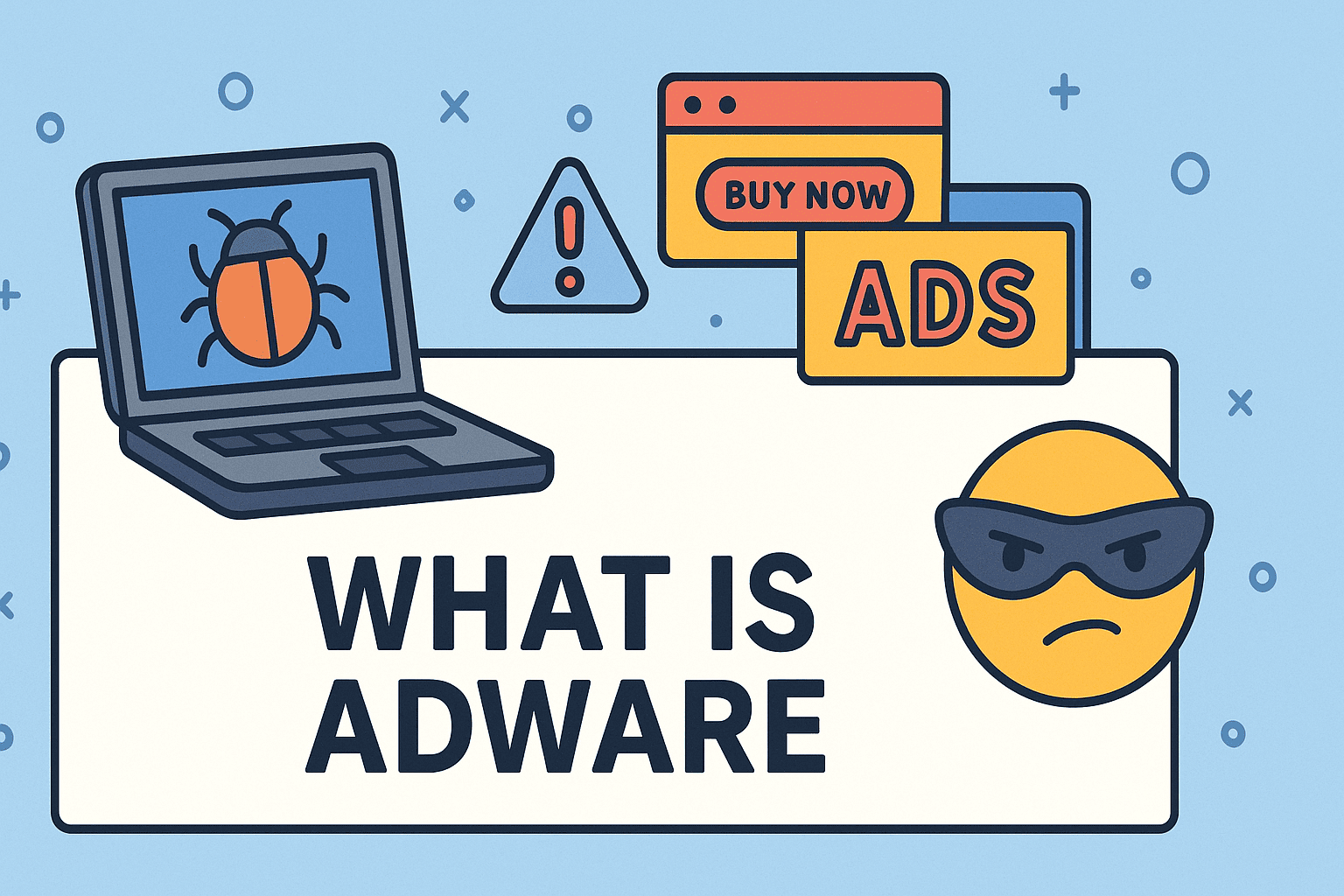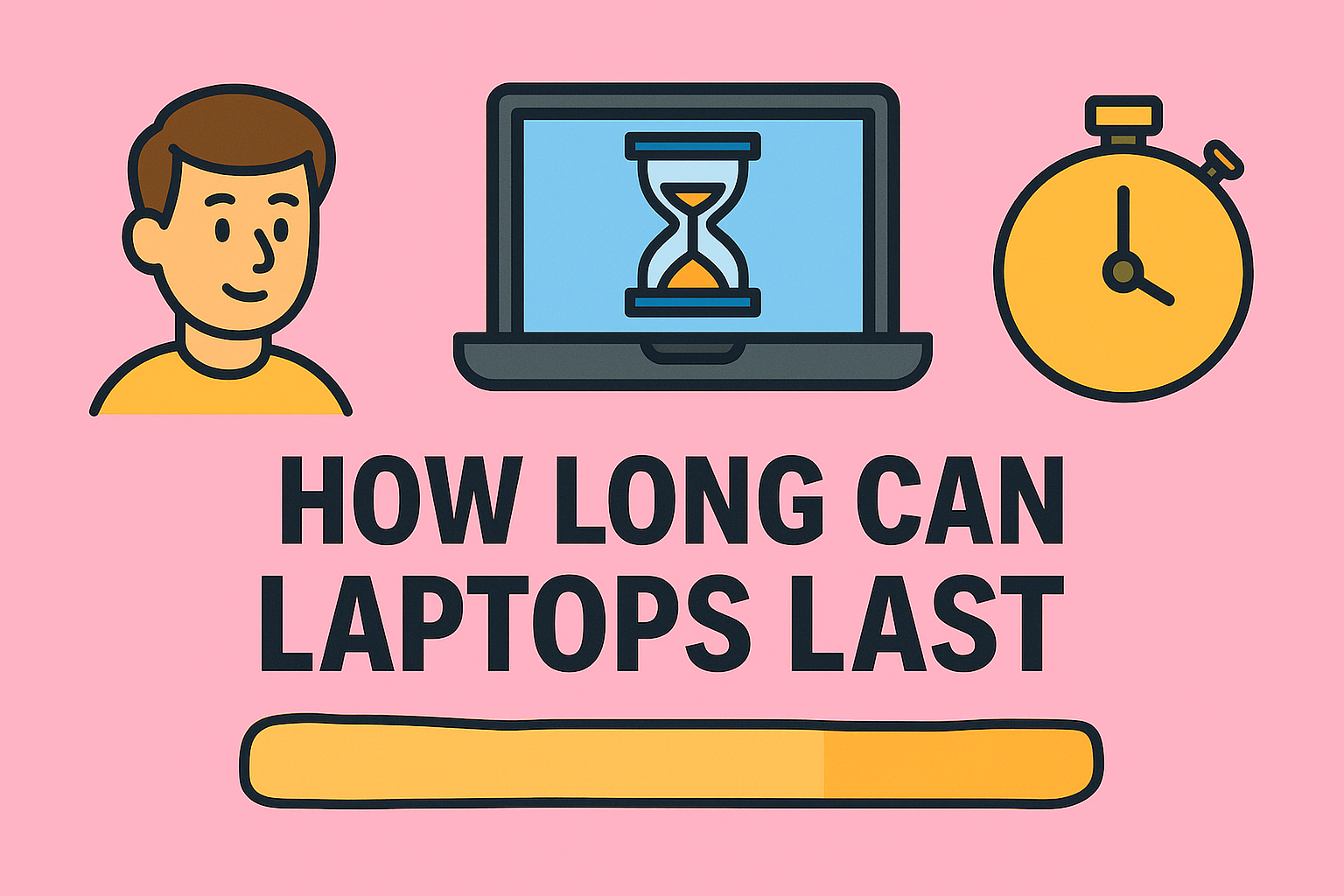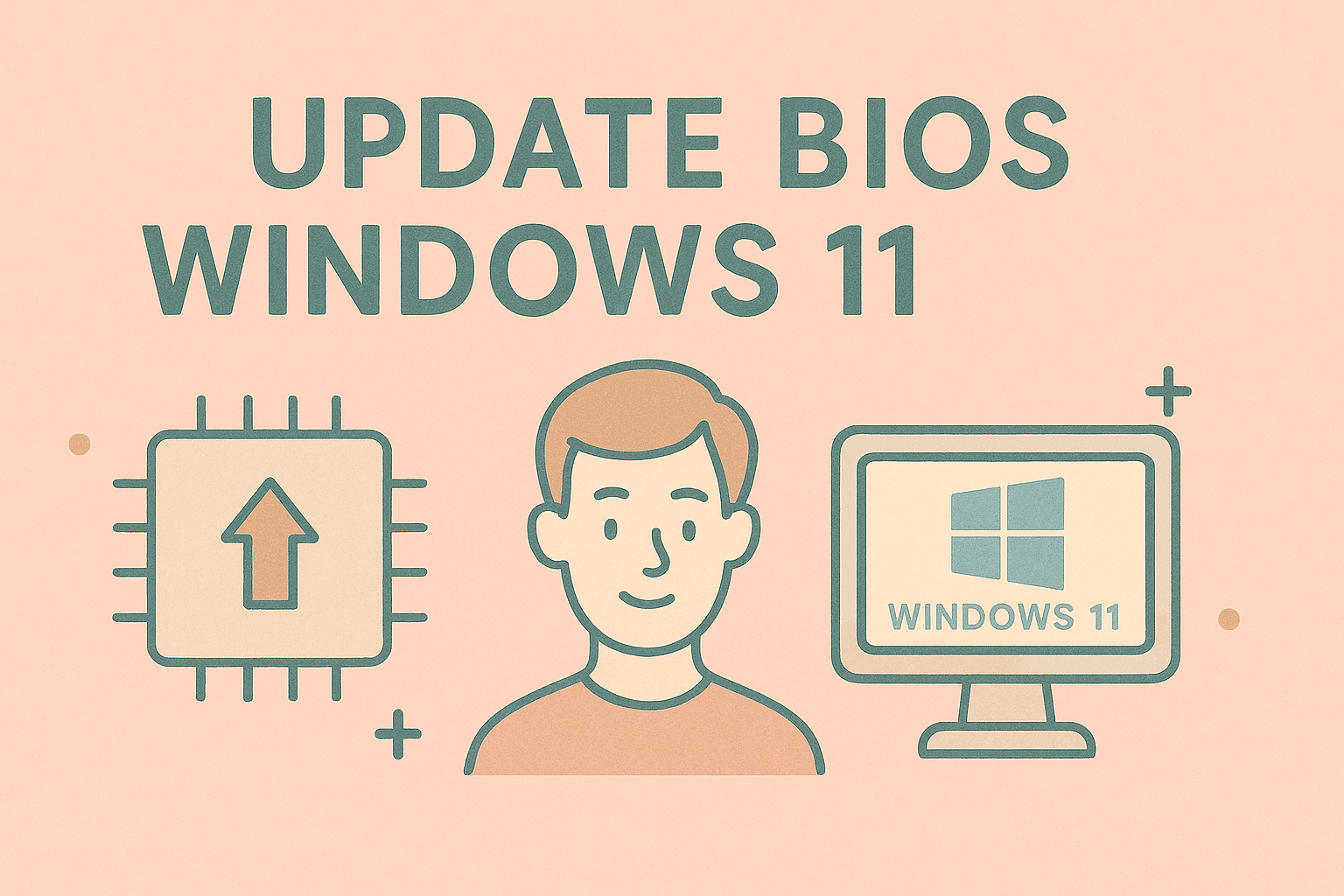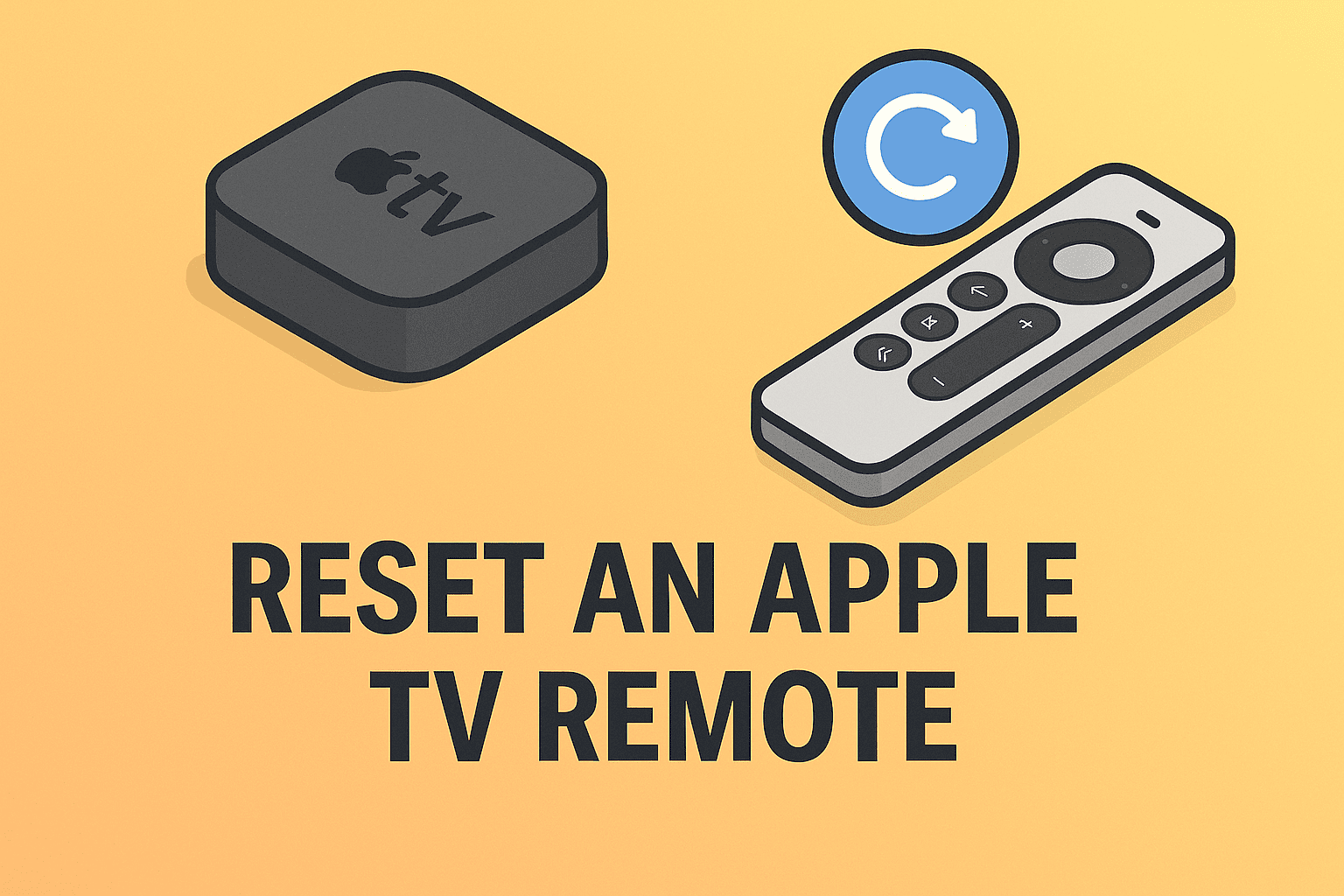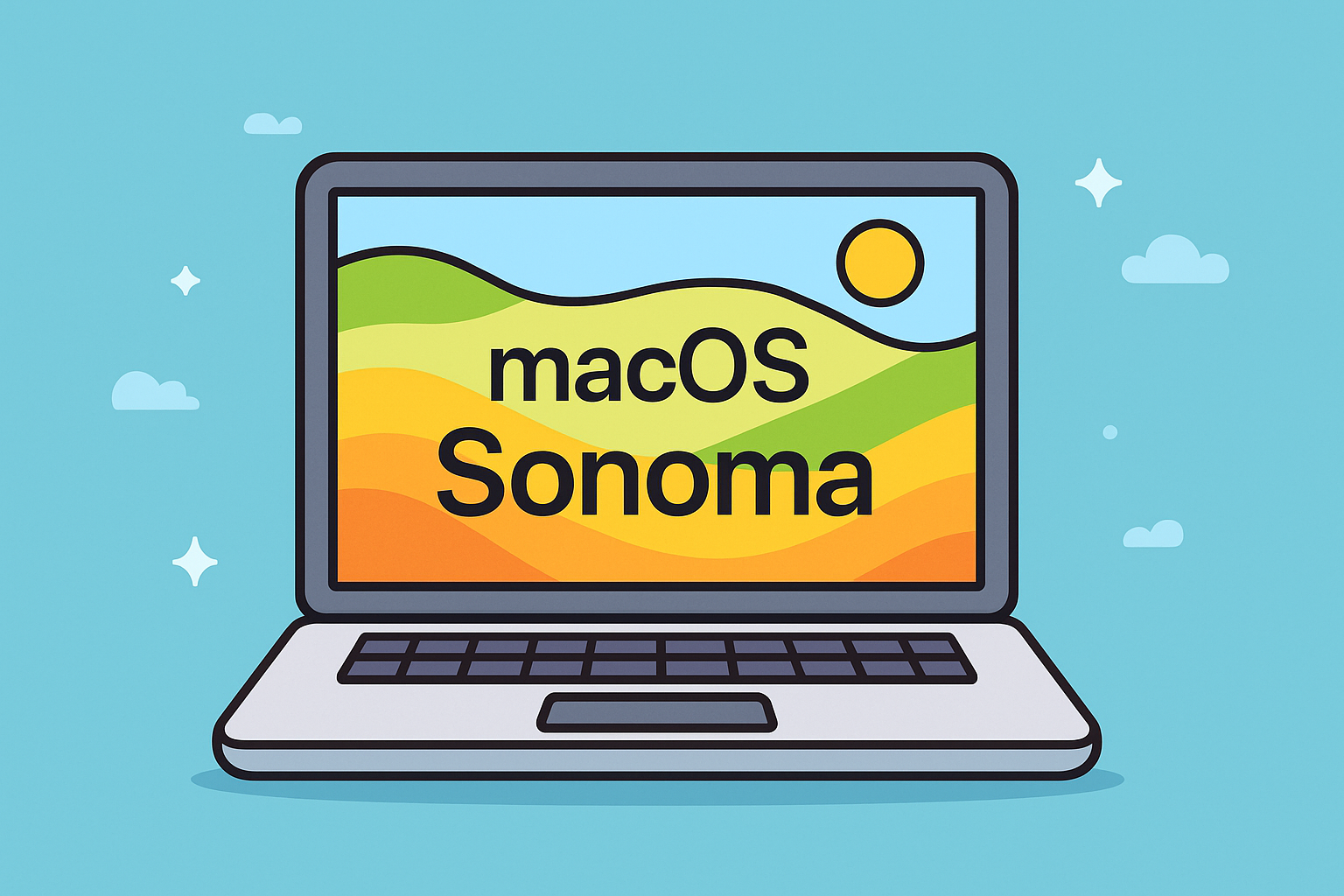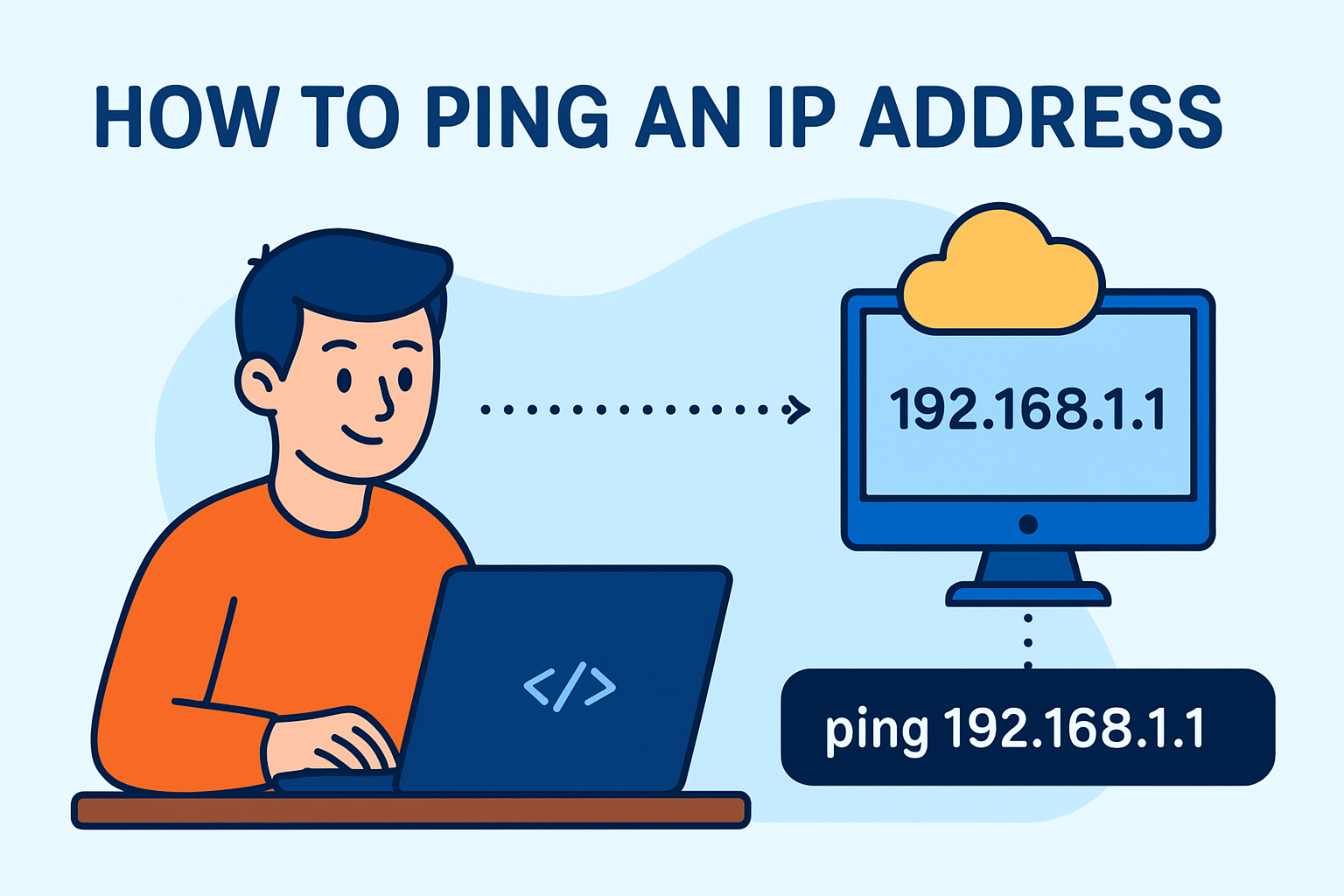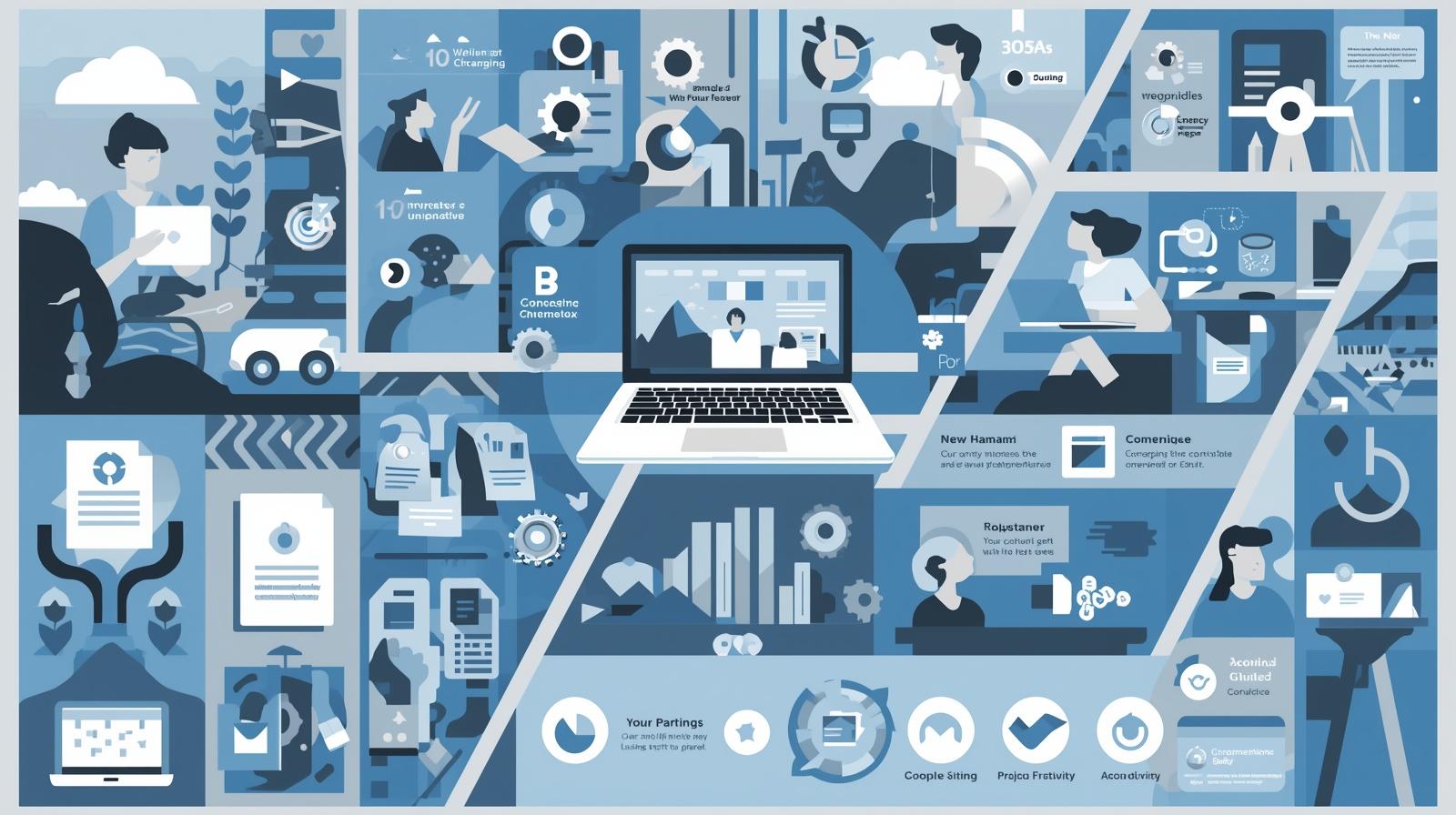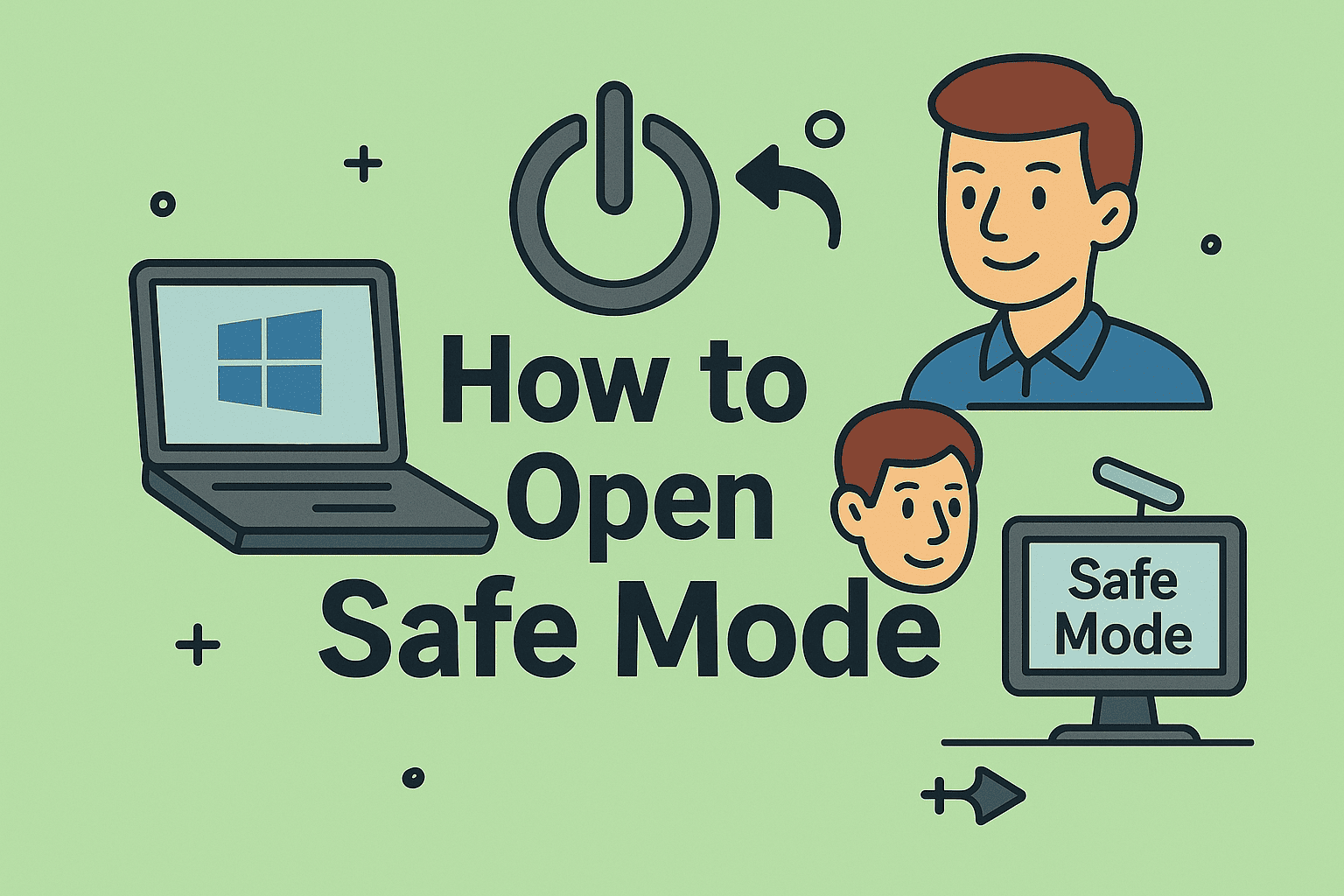Why 3rd Party Software Patch Management Matters for Modern IT Teams
Updated on November 26, 2025, by ITarian

In today’s fast-evolving cybersecurity landscape, 3rd party software patch management has become one of the most essential — yet often overlooked — components of strong IT security. While most organizations prioritize operating system updates, the reality is that attackers increasingly exploit outdated applications like browsers, PDF readers, communication tools, and productivity software. For IT managers, cybersecurity teams, and business leaders, managing third-party patches effectively is now a critical part of protecting devices, reducing vulnerabilities, and strengthening overall IT hygiene.
Whether you’re supporting a distributed workforce, managing dozens of client environments as an MSP, or securing enterprise endpoints across multiple regions, you cannot ignore third-party patches. This comprehensive article explores why they matter, how they impact security and performance, and what modern solutions can do to simplify patching across your organization.
Understanding the Importance of Third-Party Patches
One of the biggest misconceptions in IT operations is that keeping Windows or macOS updated is enough. In reality, the majority of exploited vulnerabilities originate from third-party applications — the tools employees use daily.
Why this matters:
-
These apps often update frequently
-
They receive fewer automated updates compared to OS patches
-
Attackers target familiar applications like Chrome, Zoom, Slack, and Java
-
Unpatched apps provide high-value entry points for cyberattacks
-
Many organizations lack visibility into third-party vulnerabilities
Modern businesses rely on dozens of software tools, and every one of them represents a potential security risk if not patched consistently.
Why 3rd Party Software Patch Management Is Critical for Cybersecurity
Cybersecurity teams know that vulnerabilities in outdated apps are prime opportunities for attackers. Zero-day exploits, remote code execution attacks, and privilege escalation events are often linked to third-party apps.
Key reasons third-party patching strengthens security:
-
Blocks known vulnerabilities before they can be exploited
-
Reduces risk of ransomware infections
-
Prevents unauthorized access and privilege escalation
-
Minimizes compliance failures
-
Protects sensitive corporate data
For IT professionals, patching is not just routine maintenance — it is a foundational security control.
The Growing Software Ecosystem and Patch Complexity
A key reason organizations struggle with patching is the sheer volume of applications installed across company devices.
Common challenges include:
-
Multiple versions of the same app across different devices
-
Employees installing unauthorized applications
-
Remote workers using personal devices
-
Inconsistent update behaviors between apps
-
Lack of standardized patch approval workflows
This makes 3rd party software patch management harder than OS patching, because updates must be tracked manually unless automated tools are in place.
How Attackers Exploit Outdated Third-Party Applications
Understanding how vulnerabilities are exploited helps reinforce the importance of patching.
Attack vectors include:
-
Malicious websites targeting outdated browsers
-
Phishing emails delivered through unpatched email clients
-
Compromised PDFs exploiting vulnerabilities in outdated readers
-
Remote execution vulnerabilities in conferencing tools like Zoom
-
Malware injected through outdated runtime environments like Java or .NET
Unpatched apps become open doors for intrusion, making third-party update management essential for business continuity.
What a Modern Patch Management Workflow Looks Like
For IT teams to handle updates effectively, a structured patching workflow is needed. This ensures consistency, visibility, and automation.
A typical workflow includes:
1. Discovery
Identifying every application installed across endpoints.
2. Vulnerability detection
Understanding which apps have open CVEs (Common Vulnerabilities and Exposures).
3. Testing
Verifying updates in a controlled environment before deployment.
4. Staged deployment
Rolling out patches progressively to reduce impact.
5. Monitoring
Tracking successful installations and detecting failures.
6. Reporting
Providing compliance and audit-ready documentation.
Organizations that follow these steps significantly reduce security risks while improving IT efficiency.
Key Benefits of 3rd Party Software Patch Management
Beyond security, strong third-party patch management delivers operational, financial, and strategic benefits.
Enhanced Security and Threat Reduction
Automated patch management drastically reduces the window in which attackers can exploit vulnerabilities. When updates are deployed promptly, threats like malware and ransomware have fewer opportunities to spread.
Improved Device Performance
Outdated applications can cause:
-
Crashes
-
Slow performance
-
High resource usage
-
Compatibility issues
Patching ensures stability and optimal performance across endpoints.
Reduced IT Workload Through Automation
Without automation, IT teams must manually track updates for dozens of applications. Automated patch management eliminates repetitive tasks and frees teams to focus on higher-value initiatives.
Compliance and Regulatory Support
Industries such as healthcare, finance, and government mandate strict patching requirements. Automated third-party patch management helps organizations meet:
-
HIPAA
-
PCI-DSS
-
GDPR
-
NIST
-
ISO 27001
Regular patching supports audit readiness and reduces compliance-related penalties.
Centralized Control Over All Applications
Centralized patch management gives IT teams:
-
One dashboard to manage all patches
-
Detailed visibility across endpoints
-
Faster response during outbreaks
-
Better control of unauthorized apps
-
More predictable system behavior
This control reduces risk and boosts operational efficiency.
Challenges in Managing Third-Party Software Without Automation
Without a dedicated patch management solution, IT teams face multiple challenges.
These include:
-
Manually tracking updates
-
Users delaying or skipping updates
-
Application inconsistencies across departments
-
Risk of system instability after incompatible patches
-
Time-consuming deployment processes
As organizations scale, these issues grow exponentially.
The Role of Automation in 3rd Party Software Patch Management
Automation is the backbone of modern patching.
Automated tools can:
-
Scan for outdated applications
-
Deploy patches silently
-
Schedule updates during non-business hours
-
Validate patch installs
-
Provide real-time reporting
This helps IT teams maintain consistent system hygiene with minimal intervention.
How 3rd Party Patch Management Fits Into a Zero Trust Strategy
Zero Trust security models assume no device or application is trustworthy by default. Patch management plays a crucial role by ensuring vulnerabilities are minimized.
Patch management supports Zero Trust by:
-
Eliminating unnecessary risk exposure
-
Maintaining secure device baselines
-
Keeping software configurations current
-
Reducing threat surfaces
-
Supporting continuous verification
Strong patching complements endpoint protection, identity management, and network segmentation.
Tactical Best Practices for Effective Third-Party Patch Management
To maximize the impact of patching efforts, IT teams should follow proven best practices.
Perform Routine Software Audits
Regularly scan endpoints to track installed applications and identify unauthorized software.
Prioritize Patches Based on Severity
Focus on:
-
Zero-day vulnerabilities
-
Remote code execution flaws
-
Critical CVEs
-
High-risk applications such as browsers and email clients
Not all patches carry the same risk level.
Deploy Updates During Off-Hours
This minimizes disruption, improves productivity, and ensures uninterrupted patching cycles.
Test Patches Before Full Deployment
Testing prevents:
-
Software conflicts
-
Application crashes
-
Workflow disruptions
Roll out updates in small groups before deploying company-wide.
Maintain Clear Patch Policies
Formal policies help:
-
Standardize patch schedules
-
Document responsibilities
-
Streamline onboarding processes
-
Support audit and compliance efforts
Policies should be reviewed at least annually.
Choosing a Patch Management Solution
The right solution should support automation, visibility, and broad application coverage.
Look for tools that offer:
-
Wide third-party app library
-
Silent installation capabilities
-
Comprehensive reporting
-
Cloud-based dashboards
-
Integration with remote monitoring platforms
-
Flexible policy configuration
Modern tools allow IT teams to deploy patches with minimal manual work.
The Role of 3rd Party Patching in Remote Work Environments
With hybrid and remote workplaces becoming the norm, third-party patch management is more important than ever.
Remote patching helps:
-
Protect off-network devices
-
Secure home-office connections
-
Reduce vulnerabilities in unmanaged environments
-
Ensure devices remain compliant even outside corporate networks
Automation keeps remote endpoints safe without requiring user intervention.
Frequently Asked Questions
1. Why is third-party patching more difficult than OS patching?
Because third-party apps update frequently, inconsistently, and outside the OS update ecosystem.
2. Can third-party vulnerabilities lead to data breaches?
Yes — many high-profile breaches begin with outdated third-party apps.
3. Do all patch management tools support third-party updates?
No. Many endpoint management tools focus primarily on OS updates.
4. Can automated third-party patch management reduce IT workload?
Absolutely. Automation cuts down on manual tracking and deployment.
5. Which third-party apps pose the highest risk?
Browsers, document readers, messaging apps, and plug-ins are among the top risks.
Final Thoughts
For IT managers, MSPs, and cybersecurity professionals, 3rd party software patch management is no longer optional — it is an essential defense against evolving cyber threats. With a growing ecosystem of applications and a rising number of vulnerabilities, organizations must ensure that all software, not just their operating systems, remains updated and secure. Automated tools make this possible by reducing workload, improving compliance, and strengthening endpoint resilience.
If you’re ready to streamline patching, enhance security, and ensure your devices stay protected at all times, you can Start your free trial with ITarian and explore a comprehensive platform built for modern IT environments.

